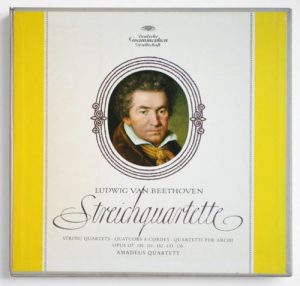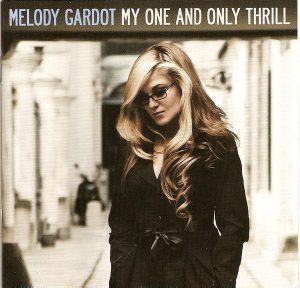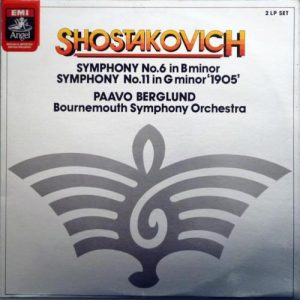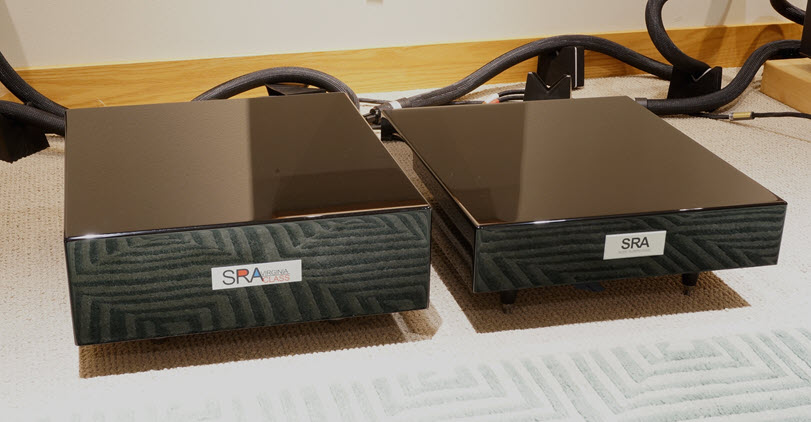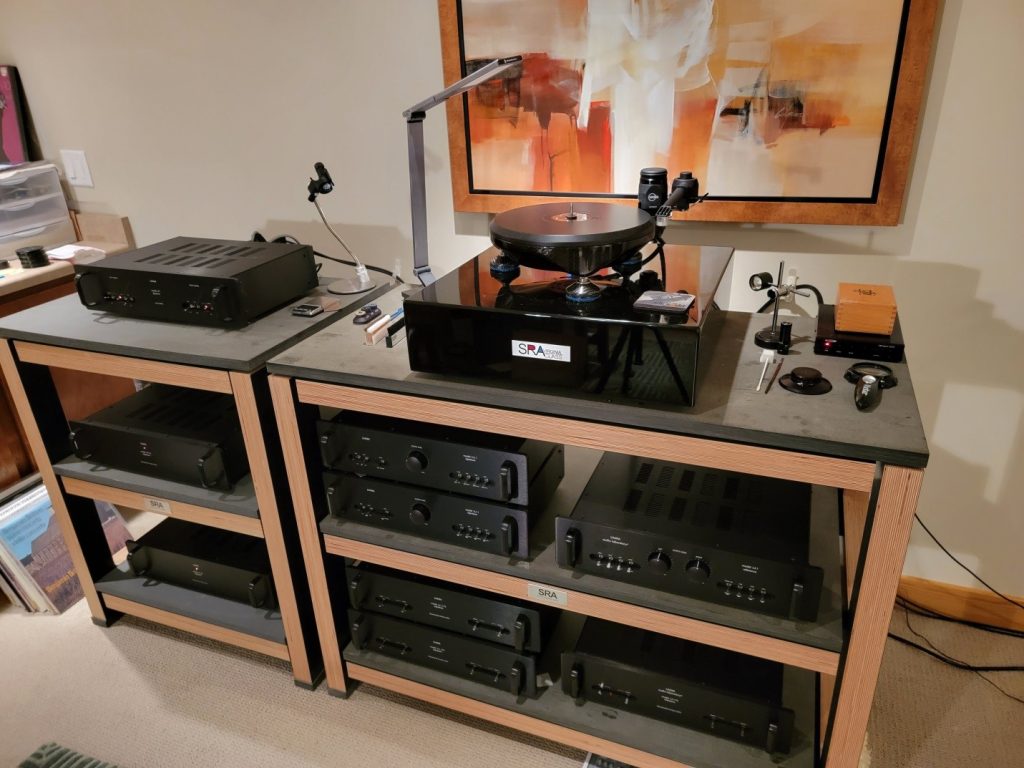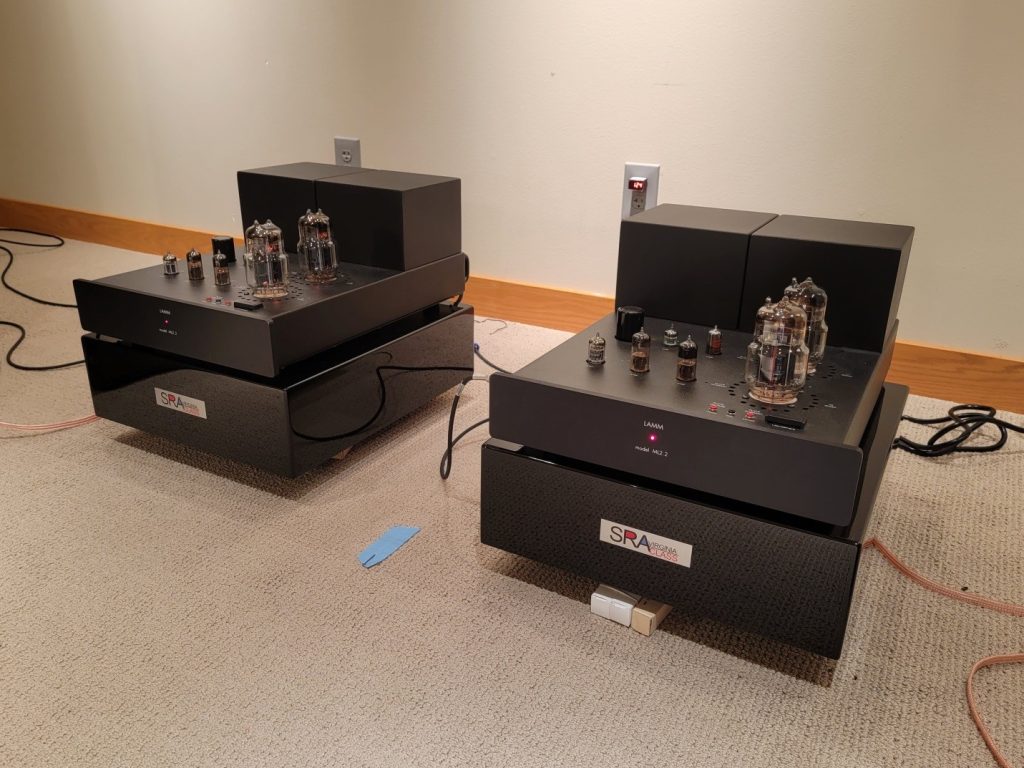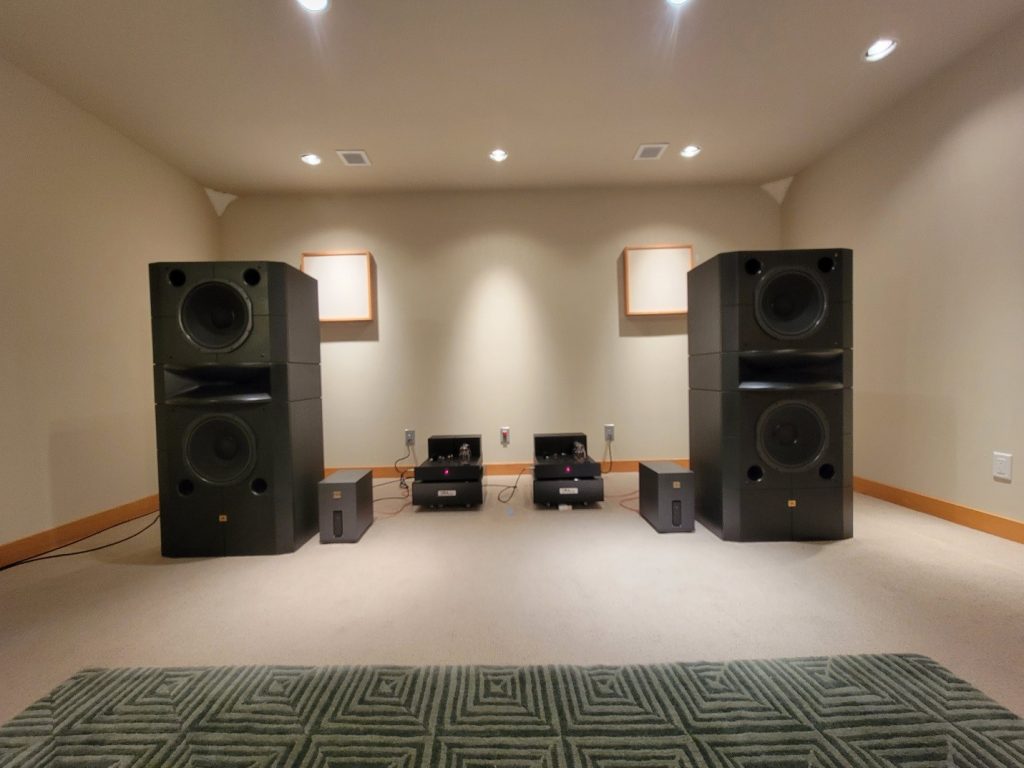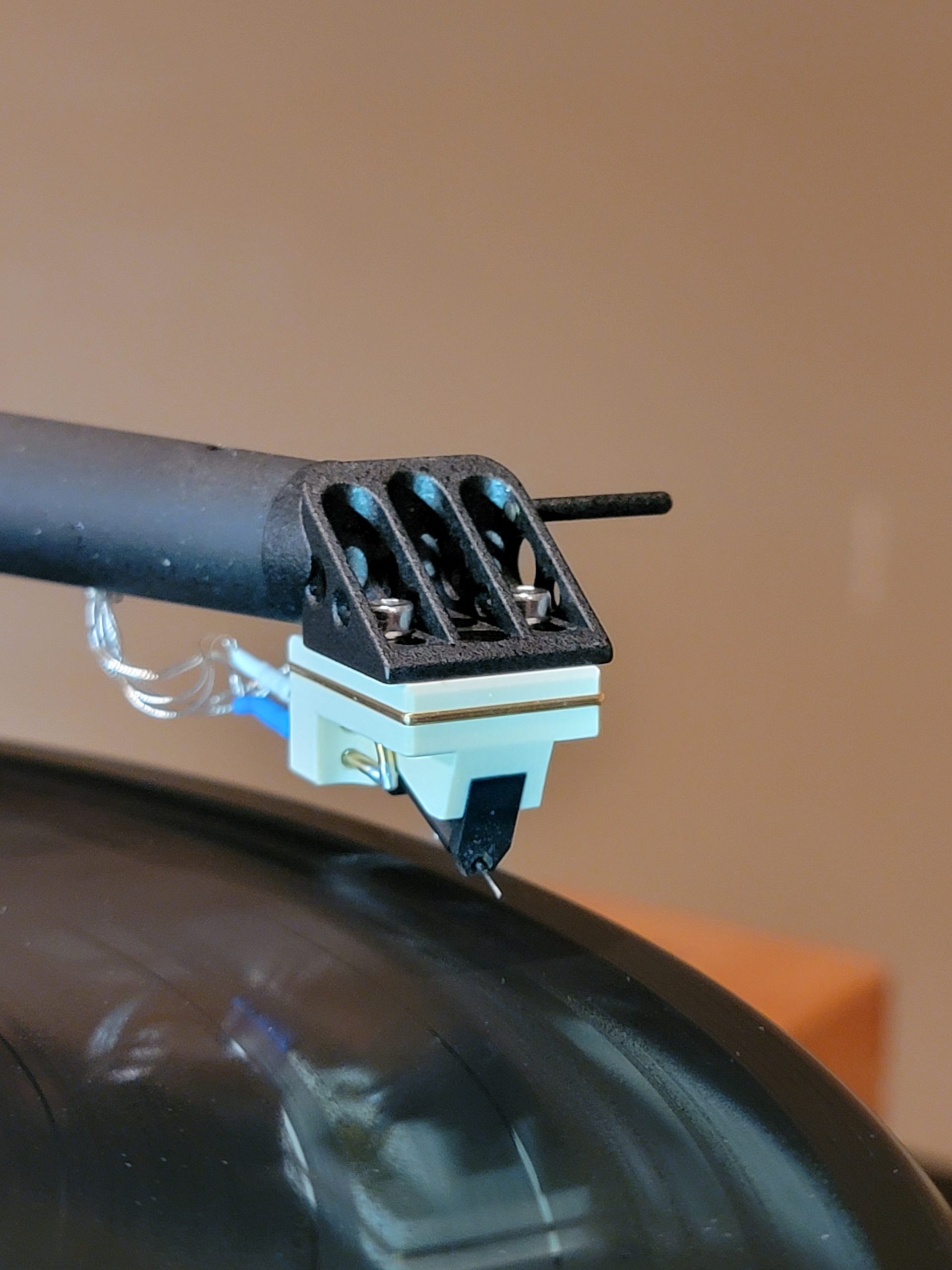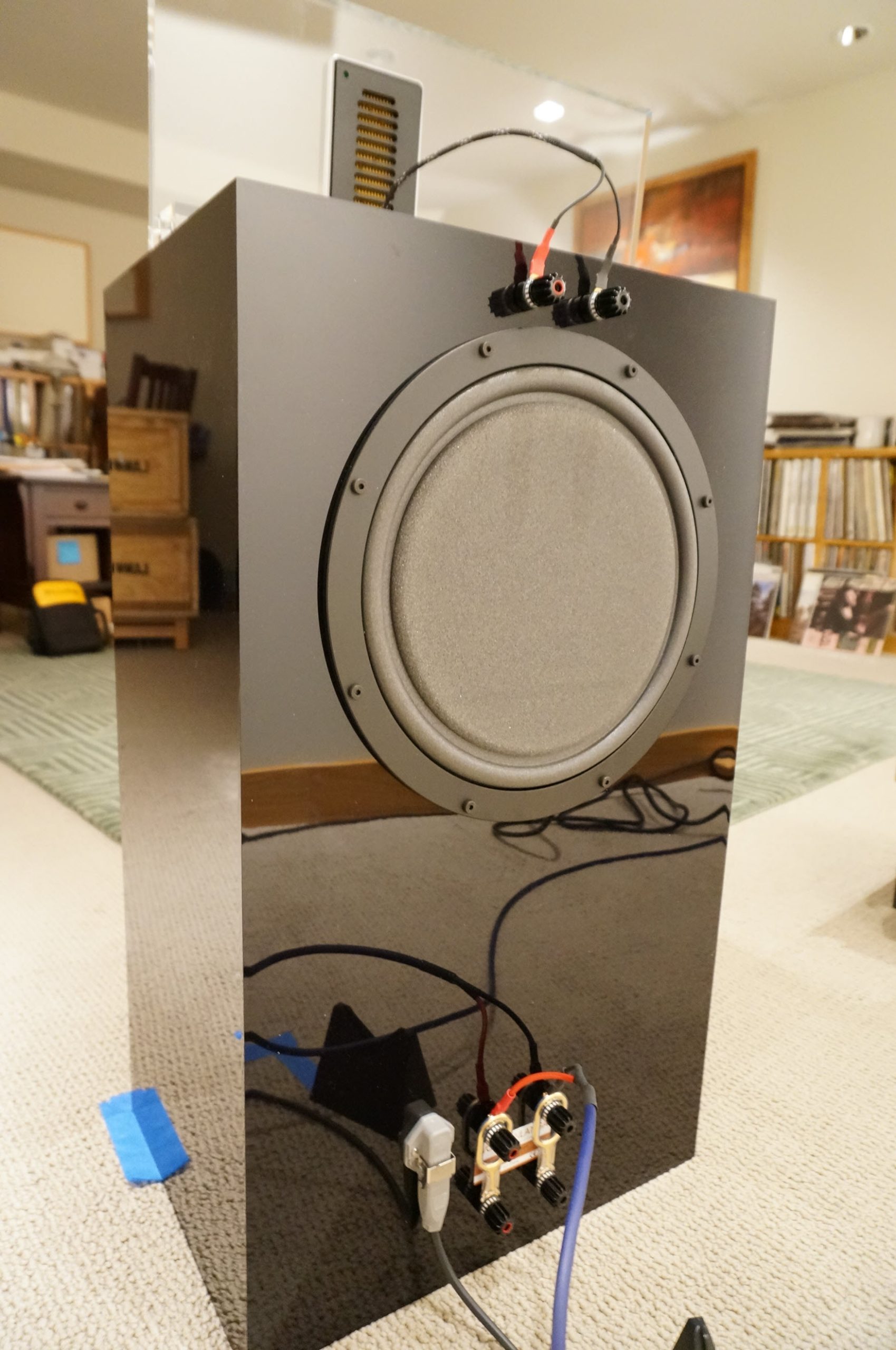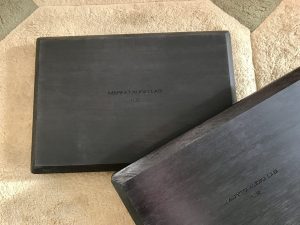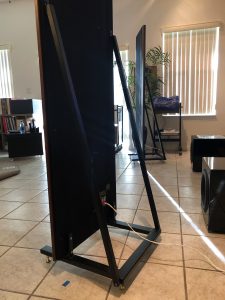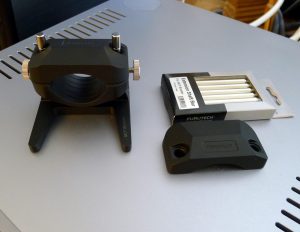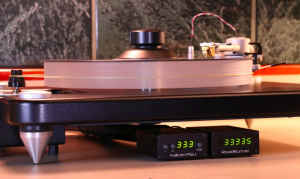The Virginia-Classαε Reference: Sonics
Beethoven's final six string quartets were written in the face of extreme financial, physical and emotional suffering during the last four years of his life (1823-1827). They are considered by many, as Stravinsky once wrote, "eternally modern." So outside the boundaries of the music of his day, so radical even for the innovator that he was, Beethoven was skeptical about having them performed in public. His audience simply was not ready—yet.
With the V-Class platforms in place, I listened to Quartets No.130 and No.132 (Deutsche Grammophon SKL 118/121) featuring the world renowned Amadeus Quartett. I wanted a performance that had only a few musicians, with little more than the dynamics, tonality and timing of the instruments themselves, with little venue context and scant post-production adornment—here was a studio recording, four musicians in a room.
The immediate effect of the Virginia-Class platforms was as sonically obvious as it was musically fulfilling. With platforms newly installed in my system, the sound of the quartet gained in focus and lucidity, clarity with improved transparency. It was if the Amadeus group sat before me, playing with newfound fluidity and ease. Sound was never strident or edgy even during the first violin's occasional maniacal trips to its top high registers. I can best describe overall tonality as purer and cleaner, without gaining warmth or color.
With almost no room reflection, a small ambiance of sound surrounded each musician like a faint aura, their instruments' harmonics rising lightly out and upward, then disappearing. There was no black background, there was no background of any kind; music simply came from musicians delineated in their spaces nicely separated from one another. There was no spot-lighting or mechanical edge like I sometimes hear from DG recordings. I had no overt sense of reproduction, but I did have a fulfilling sense of the humanity of four musicians who knew the music and each other well, performing in near perfect continuity.
Beethoven did not construct these compositions in the standard way, aimed at the first violin with support from the second and repetitive ostinatos from a backing rhythm section. Each musician paid his unique contribution—even the viola had interesting lines. As their parts wove in and out and the genius of Beethoven made obvious, my attention easily played across each performer. Bowing action became more apparent; the bite of bow on string and the drawing across could reveal the faintest quaver, not vibrato, but a sign of a human hand controlling the instrument. When starting a line together I heard each instrument launch in sync yet with the occasional fraction of a second difference. Perhaps most impressive was hearing the small changes in emphasis, the oh-so-subtle shifts in dynamics that enhanced the vivacity and the realism of the group's interpretation.
The third movement of Quartet No.132 stands out from those around it as exquisitely beautiful, almost melodic. Written after Beethoven had fallen very ill for several months, spitting blood, near death, this movement was his small hymn of thanks for recovery. At a molto adagio pace the blended tonality of the quartet presented with a sweetness of clarity and finely gradated dynamics—from piano to pianissimo, from mezzo forte to forte and small shadings in between, the V-Class platforms gave me insight and appreciation for the technique and artistry of the musicians. The timbral character of each instrument was open and accessible. Tonal depth is strength of the M1.2s and here that was clearly on display. I loved catching the woody resonance from the "dark and shady corners" of Martin Lovett's cello.
The Virginia-Class platforms gave me more of what the Lamm amps had to offer. They showed me a greater depth of refinement, a capacity for detail and articulation I did not know was in them, or better, in the music. As best I could tell, these platforms were characterless, colorless, making no sonic contribution of their own; they simply let the amps be their better self.
Next, I wanted something less challenging, something smooth and jazzy so I played My One and Only Thrill (Verve B00112563-01.) I had to hear that trademark articulated vibrato from the melt-a-way mouth of Melody Gardot. I really wanted to listen yet the reviewer is compelled to write. Here are raw samples for select tunes, straight from my notes: "Baby I'm A Fool" - at the end, percussionist cymbals shivering, like birds' wings, lifting off, each strike remaining clear and distinct as they grew fainter at the end. Your "Heart Is As Black As The Night" - very subtle and very fast trumpet staccato, cymbals 'splizzzzz' not' tizz'. "Les Etoiles" - she sings it "Lez uh Toile", very dimensional, startlingly clear, trills instead of vibrato, superb tone from the vibraphone. "The Rain" - "the raaaaaaain", not just vibrato, the release of breath—she never runs out—at the end of a phrase. Sometimes she articulates with her tongue at the end, sometimes she simply breeeeathes out the final syllable; "the clouds, the clouds", wonderful low tone from a very breathy saxophone—listen for it again at the very end of "Over the Rainbow." "My One And Only Thrill" - "ships may never leave the doc.…k", finally she gets there as her tongue comes off the roof of her mouth; "buds may never open wide, bu….", a pause then almost like a cry, high pitched and faint, almost like a pre-echo but the pitch is higher "buuuut it don't matter." "Deep Within the Corners Of My Mind" - so lush, the chirpy bouncy parts a brief pick me up—you can't have Jessica Rabbit all the time, can you?
I'd played this album maybe half a dozen times but never heard my system render it with so much life, with so much ease, tonal depth and subtle detail from both voice and instruments. And to think all I did was place my amps on different platforms. I'd heard the way Gardot draws out syllables, words and phrases before, but never realized just how all encompassing is her style. Her articulated vibrato, slight changes in pitch, dynamic and speed, coming from her mouth and her diaphragm, sometimes more of a staccato-like quaver, sometimes very faint, sometimes overt, her technique is near omnipresent; every line she sings is an event flush with spontaneous vocal control. The Virginia Class units delivered this music with a lesser sense of reproduction, a lesser sense of system and a greater sense of musical reality.
Up next came a "release the Kraken" composition—an incredible recording and an amazing piece of music—don't you love it when the two come together. If you've heard your system on downstream SRA platforms, this music demonstrates how far the V-Class improves on those in every way, and not by a small margin.
Shostakovich composed his Symphony #11 in G-minor, Op.103 ("The Year 1905") in 1957 to mark the 40th anniversary of the October Revolution. Whether you like it or not, when you listen to Shosty you listen to history. The 11th offers an amazingly dramatic soundscape in remembrance of the events of January 22, 1905 when elite imperial guards of Tsar Nicholas II fired upon unarmed working-class demonstrators marching to the Winter Palace to deliver a petition to the Tsar. Written on the heels of the Hungarian secret police machine-gunning down 600 protesters in Budapest's Parliament Square in 1956, and despite the covert comparison of the Stalinist regime with Tsarist autocracy, the 11th was ironically received by the Soviets as an orthodox triumphalism of the October Revolution of 1917. Shostakovich was awarded a Lenin Prize!
Symphony #11 is a massive sprawling work that ranges from dark foreboding to sheer explosion along with references to Russian folk music. The full panoply of orchestral organization, motivity and power is at hand in an amazing sonic display, sweeping across instrumental sections and emotions as the violence and drama of failed revolution unfolds before you. It can leave you drained and blinking when the lights come up. Paavo Berglund directed the Bournemouth Symphony Orchestra (2 LP EMI SLS 5177.)
Across everything I could say about listening to this record with the V-Class platforms beneath my amps, experiencing a heightened sense of a full orchestra in space may be the most compelling. From the opening notes the air was charged. To my ears this was a 'take you to the hall' event with a front-row perspective from the loge. My sense of the physicality of an orchestra performing in a hall was extraordinary. While the V-Class were 'merely' quiescing mechanical energy in my amps, their most profound effect on the Lamms was the presentation of the acoustic performance envelop, the ambience, the dimensionality and sheer felt presence of multiple musicians playing together.
The contrasts in attack, decay and tonality across simultaneous percussion, horns, trumpets and articulate double bass was so clear and pronounced that I realized what I heard prior to using the V-Class—as good as that might have been—could only be described as reduced and homogenized. I could almost see the sound waves rippling out over the top of the orchestra with each strike of a gong, itself accompanied by a raspy bass clarinet. A plaintive English horn sounded against plucked harp strings, all backed by the ultra low shimmer of high violins. A group of muted trumpets sounded with Mahlerian distance, as if they were backstage. The sheer physicality of music being made was extraordinary, secondary only to the music itself—the combined experience, dare I say, was mind blowing. I sat agog and listened.
The full orchestra lay out before me, like a three-dimensional carpet of varying dynamic and tonal textures, different sections and combinations of instruments rippled, ebbed and flowed. I heard how back row snare drums reflected off the back wall of the hall when their snares rattled, while the sweeping, rising, harmonic bloom of multiple violins did not. I heard harmonics coming off and up from tight timpani skins with subsequent reflection while woodwinds briefly played in a cheery spot of rare daylight, their own harmonic cloud centered within the orchestra. Pitch coherence was strong with each instrument; flutes, oboes bassoons and clarinets danced within a locus of position, the presence and identity of each were obvious. Many sections sounded less en masse and more as aggregates of individuals, while higher strings playing in tight unison rose and fell as massive waves of moving sound. Shostakovich's composition features interesting contrasting instruments playing together and this recording delivers very realistic concert hall sound and volume—a dynamic, guileless sound that gives rise to unique tonal and emotional shadings. I was very impressed by the ability of the Virginia Class platforms to free my amps from constraining and distorting vibration, allowing them to perform as they did, while, to my ear, adding nothing of themselves.
Virginia-Class and Ohio-Class: A Brief Contrast
I'm quite familiar with the SRA Ohio-Class XL+2 platforms. They supported my Lamm amps for the past two years and my assessment of the V-Class took place in that context. The XL+2 is the topmost model in the Ohio-Class group and right next to the Virginia-Class in SRA's line-up.
The Virginia-Class platforms are much thicker and heavier than the Ohio-Class. The former uses advanced materials not found in the latter, plus, the application of Tellekamp's Angstrom Engineering protocols are available only in the V-Class. Nonetheless there is a lineage as the V-Class was developed subsequent to the Ohios. As you move up the line, materials become more expensive while build times become longer and more complex. SRA builds both platforms on the foundation of their unique Component Specific Design.
As I've said before, sometimes the audiophile vocabulary can grow repetitive and boorish. In describing an order-of-magnitude-better type component, there are only so many "clearers", "deepers" and "richers" one can write before it all starts sounding too similar, the mind glazes over while the degree of difference doesn't really emerge. To be perfectly honest, years ago I might have written a review of the Ohio Class not too dissimilar from what you've read here. They are very impressive and I easily recommend them as amplifier platforms, and, they are less money. True to form, today's state of the art for anything tends to be costly.
I did several side by side listening sessions. Both products appear colorless to my ears, neither has its own sonic signature. The Ohio-Class simply does less than the Virginia-Class—I daresay a goodly amount less—we have no established sonic scale for differences among isolation products. The Virginia Class offers greater clarity, tonal depth and harmonic fulfillment, better transient definition, pitch definition, micro and macro dynamic gradient and resolution, all of this relative to the recording. Its greater sense of vivacity, ambiance, presence, lower noise and over all realism is obvious; the two platforms offer similar soundstage depth and note decay. I think unless you compare them side by side in a familiar system, one could be happy as a clam with Ohio platforms. The Virginia-Class is clearly superior by a significant margin.
Wrap-Up
Over the years, I've tried several component isolation solutions, individually and in combinations: 3-inch thick maple blocks, cork and rubber squares, roller bearings, spiked maple amp stands with thick heavy plinths on Sorbothane pods, Stillpoints, and the SRA Ohio-Class platforms. If you've put your gear on fancy footers, it is hard to grasp the full degree of vibration's distortive impact until you hear something better.
Silent Running Audio's Virginia-Classαε Reference platforms are the most effective component isolation and vibration abatement product I've experienced, anywhere. If you're looking for the best, put them at the top of your short list. They are a positive causative agent in the suspension of disbelief, taking me further from the sound of audio reproduction and closer to the sound of acoustic music delivered without artifice. This pair is staying.
Virginia-Classαε Reference isoBASE™
Retail: V-Class platforms vary in price according to the equipment they are built to hold; prices start at $4500. For the Lamm M1.2Ref, MSRP is $5082 per unit.
Warranty: Lifetime
Silent Running Audio
The Hauppauge Industrial Complex
Hauppauge, NY 11788
631.342.0556
αε
You may have noticed the 'ae' superscript now appearing in the V-Class' formal name: Virginia-Classᵃᵉ Reference. It wasn't always there. The 'ae' indicates improvement of the model. In SRA-speak ae stands for Angstrom Engineered.
An angstrom, or more formally, ångström, is a unit of measurement, one of which is equal to 0.000000003937008 inches, or more simply one ten-billionth of a meter. The word is taken from the name of Swedish physicist Anders Jonas Ångström who created it to avoid using messy fractions in his study of light and electro-magnetics. It is a very tiny number.
In the last few years, SRA adopted a set of methods for high-precision construction, new levels of tolerances and design features using a NASA-derived process that Kevin Tellekamp labels "Angstrom Engineering". The company first used this process in the manufacture of their state -of-the-art Craz3 audio rack along with development of new shelving materials for the Craz and Scuttle3 rack. It is all about ensuring super tight tolerances to achieve higher performance, to make a platform's construction conform as closely as possible to its computer derived gear-print as demonstrated in product testing. Tellekamp: "An Angstrom, as defined is a unit of measurement. At SRA, it means much more. It means designing and testing beyond our limits, which forces us to push the envelope in every way possible. As our raw materials R&D group comes up with new innovations, our design and build team is able to come up with new products, which means our test team, and their instrumentation, must also become better."
But ae also means something very specific in the name of the V-Class.
In 2014 Audio Exotics, (SRA's dealer in Hong Kong) called to ask what new products SRA was bringing to their annual high-end trade show. It is not unusual for manufacturers to design and build special one-off products specifically for Audio Exotics and their show—perhaps the most famous of all audio shows in the Far East. Tellekamp knew he wanted to be responsive to the request of a major customer; he had to bring something special. This caused a wholesale re-tooling of the Virginia-Class Referenceαε using his Angstrom Engineering toolkit, elevating the product to a new level of performance. When I first saw the αε superscript in the V-Class' formal name, I figured it stood for 'angstrom engineered' but to Kevin Tellekamp "it really holds two separate meanings in this case, but, in reality, it's truly only one, Audio Exotics asked/pushed, and in doing so, they elevated a reference level product! So, in my mind αε = Audio Exotics." The V-Class model reviewed here, and now sold world-wide, is the same special build created for the trade show.




